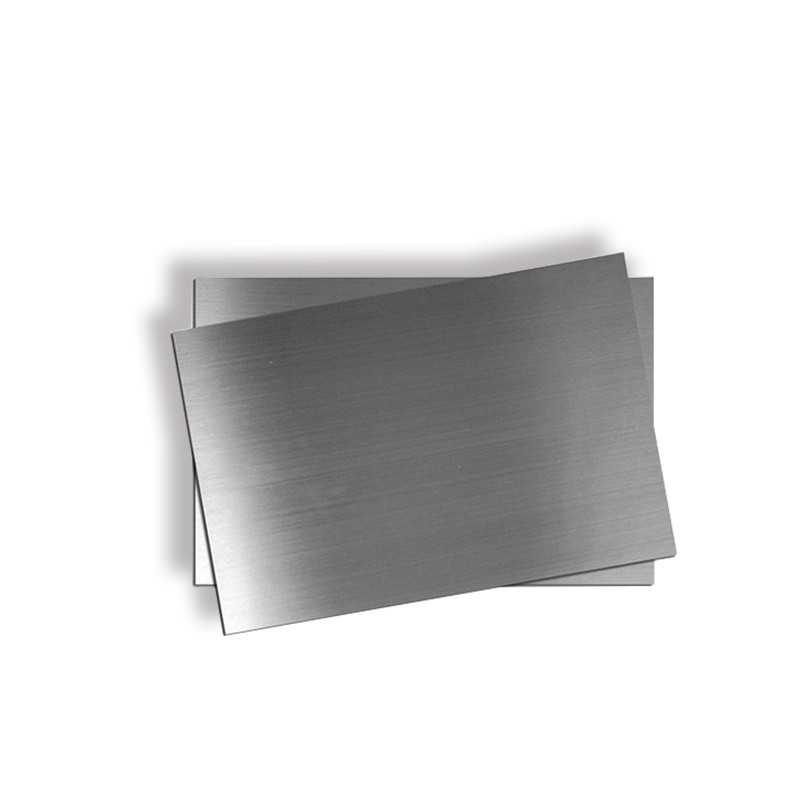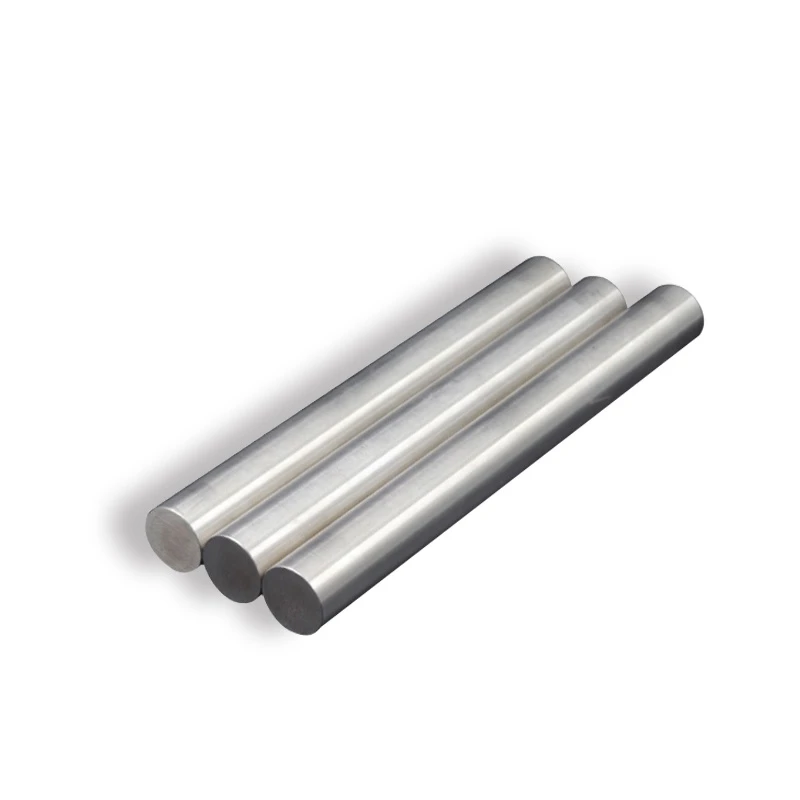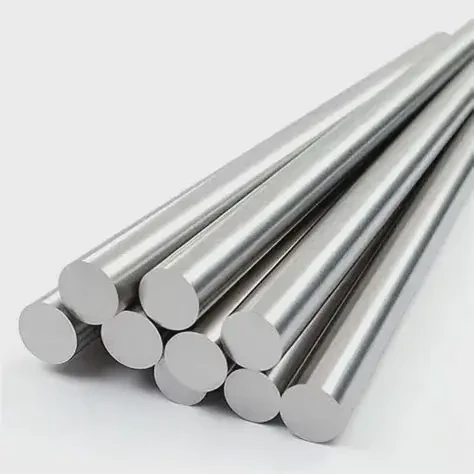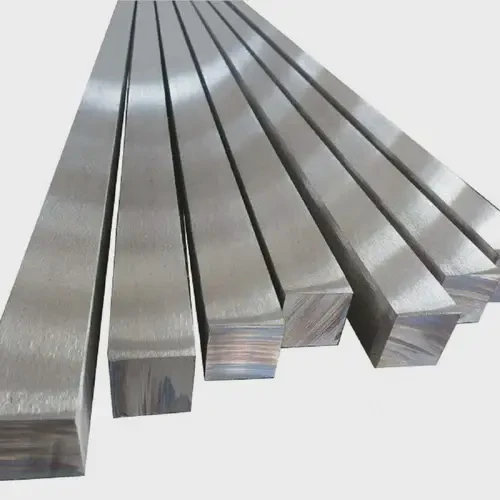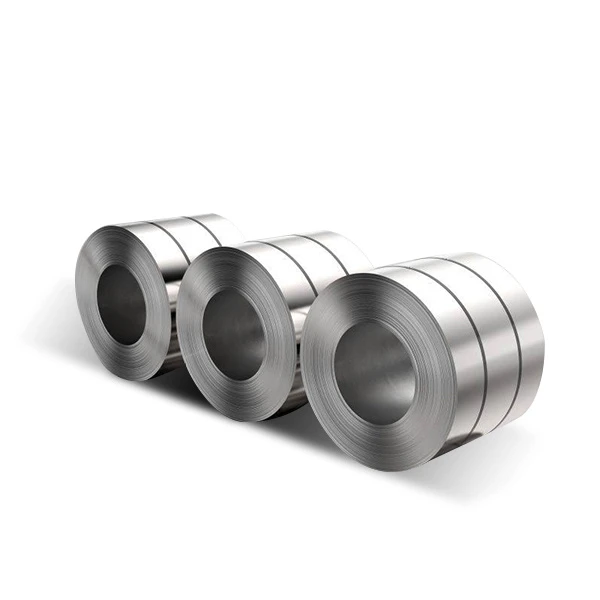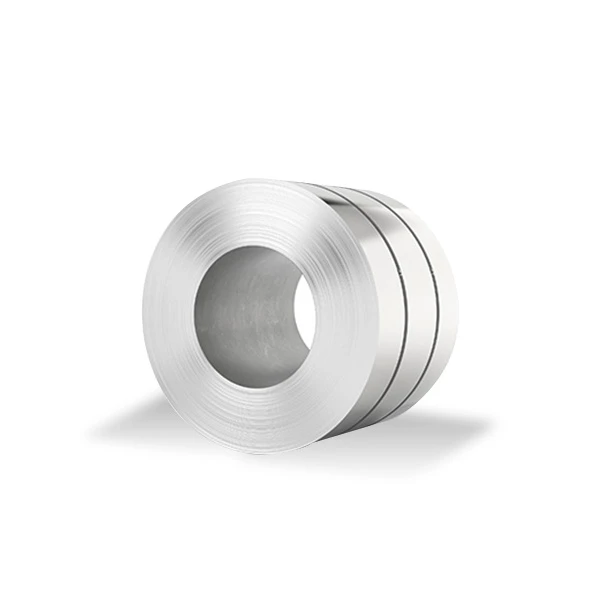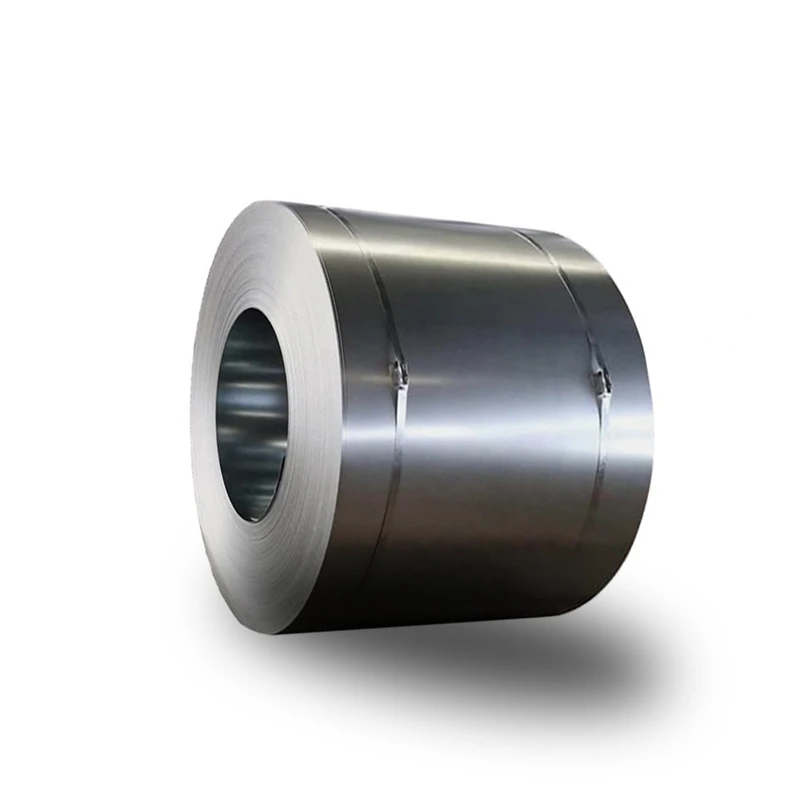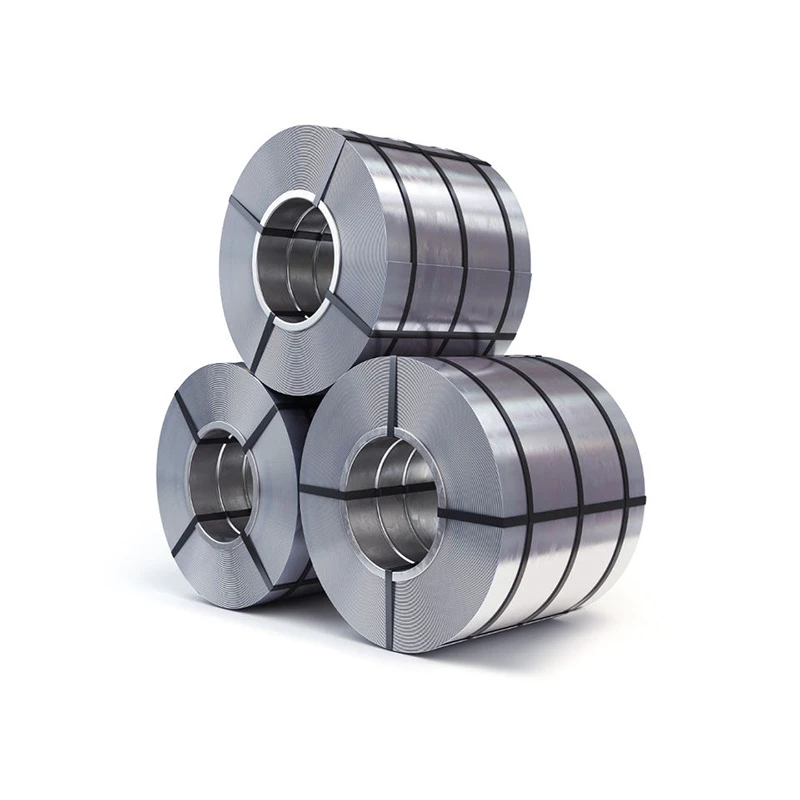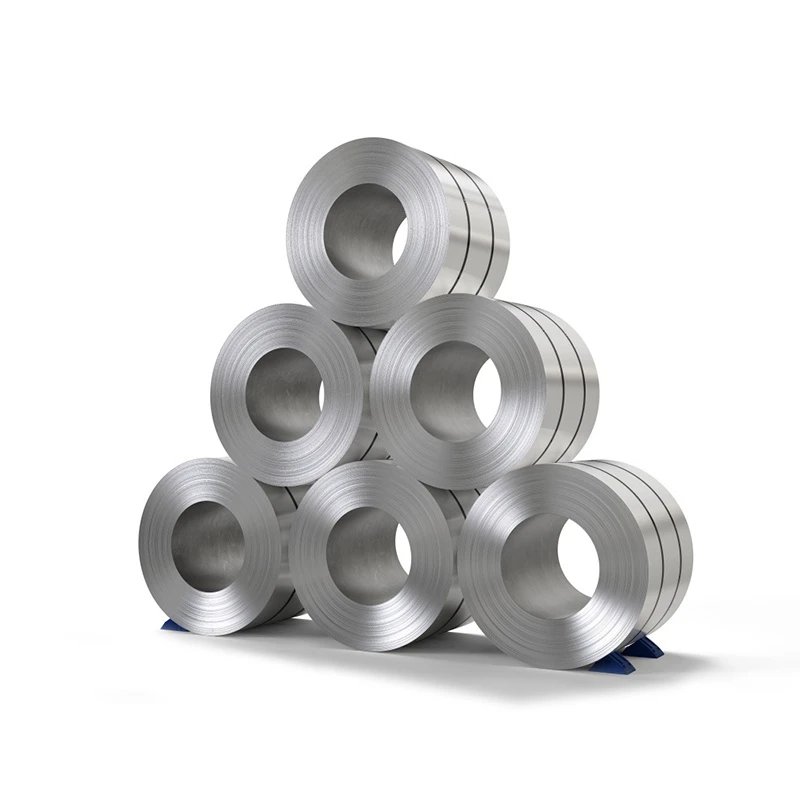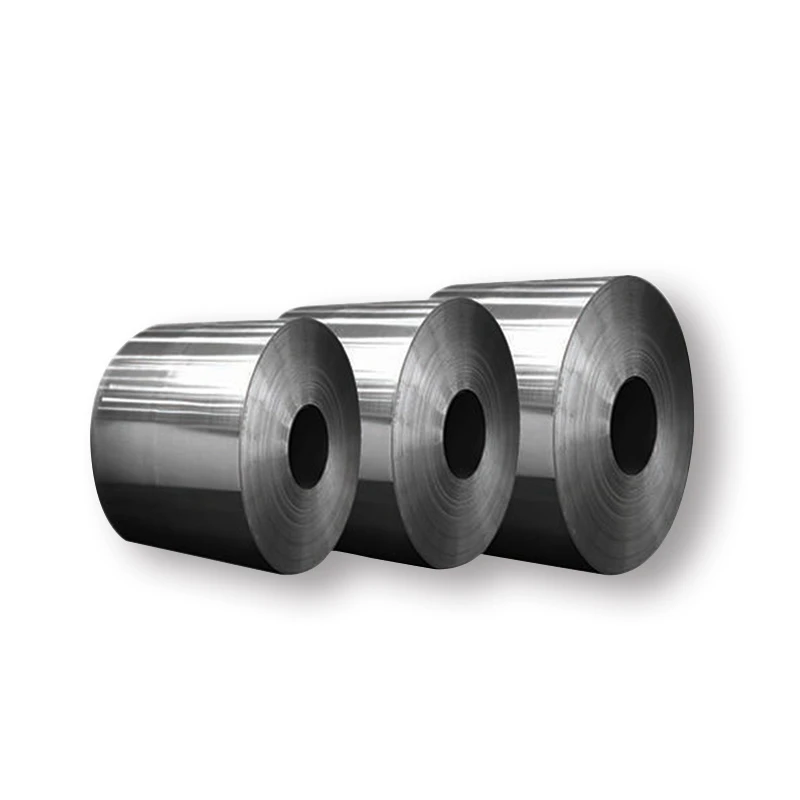
CATEGORIES
FEATURED PRODUCTS
301 Stainless Steel Plate
We offer this product and related grades with 100% factory direct pricing and free quotes available within 24 hours.
APPLICATION SCENARIOS

OUR ADVANTAGE

Certificate of Honor

PARTNER

Our Factory

301 Stainless Steel (UNS S30100) is an austenitic chromium-nickel stainless steel, similar in composition to 304 but with a lower nickel content and a higher chromium content. Its key distinguishing feature is its remarkable work-hardening rate. This means that when 301 is cold worked (e.g., rolled, drawn, or formed), its strength and hardness increase significantly, without losing its ductility to an unusable degree. This property allows it to achieve very high tensile strengths in various tempered conditions, from quarter hard to full hard. It’s often chosen for applications requiring high strength combined with good corrosion resistance and formability.
Key Properties of 301 Stainless Steel
Understanding the unique characteristics of 301 stainless steel is essential for its proper application. Here’s a breakdown of its most important properties:
Exceptional Work Hardening
The most defining characteristic of 301 is its high work-hardening rate. This allows it to:
- Achieve High Strengths: Through cold rolling, 301 can attain tensile strengths exceeding 1800 MPa (260 ksi) in its full-hard temper, which is significantly higher than other common austenitic stainless steels like 304 or 316.
- Enhance Springback: Its high strength and excellent elastic properties make it ideal for spring applications.
- Maintain Ductility: Despite significant strengthening, 301 retains sufficient ductility for many forming operations.
Good Corrosion Resistance
While not as corrosion-resistant as 316 or 904L, 301 stainless steel still offers good general corrosion resistance, comparable to 304 stainless steel.
- Atmospheric Resistance: It performs well in atmospheric conditions, resisting rust and staining in most outdoor environments.
- Mild Chemical Resistance: It offers good resistance to a variety of mild chemicals, organic acids, and food environments.
- Chloride Limitation: Like 304, it is susceptible to pitting and crevice corrosion in environments with high chloride concentrations, such as seawater or highly chlorinated solutions. For these applications, 316 or higher grades are preferred.
Mechanical Properties
Beyond its work-hardening capability, 301 offers a balanced set of mechanical properties:
- High Tensile Strength: As mentioned, cold working dramatically increases its tensile strength.
- Good Formability: In its annealed condition, 301 is highly ductile and can be readily deep drawn, bent, and formed. Its work-hardening capability allows designers to use lighter gauges while achieving desired strength levels.
- Fatigue Resistance: Its high strength provides good fatigue resistance, crucial for applications involving repeated stress cycles.
- Toughness: Like other austenitic grades, 301 maintains good toughness down to cryogenic temperatures.
Heat Resistance
301 stainless steel exhibits good heat resistance for intermittent and continuous service.
- Continuous Service: Up to 840°C (1550°F).
- Intermittent Service: Up to 870°C (1600°F).
However, prolonged exposure to temperatures between 425°C and 860°C (800°F and 1580°F) can lead to carbide precipitation, which may reduce its corrosion resistance, similar to 304.
Weldability
301 has good weldability by all standard fusion methods, with or without filler metals.
- Sensitization Risk: Due to its carbon content, 301 can be susceptible to sensitization (carbide precipitation) in the heat-affected zone during welding, potentially leading to intergranular corrosion. For applications requiring maximum corrosion resistance in the as-welded condition, post-weld annealing or choosing a low-carbon variant like 301L might be considered, though 301L is less common than 304L or 316L.
Standard Dimensions and Parameters
We supply ASTM 301 Stainless Steel Plate in various standard dimensions and tempers to meet diverse engineering and manufacturing needs.
| Parameter | Standard Range |
| Thickness | 0.3mm – 50mm (0.012 in – 1.97 in) |
| Width | 1000mm – 2000mm (39.37 in – 78.74 in) |
| Length | 2000mm – 6000mm (78.74 in – 236.22 in) |
| Surface Finish | 2B, BA, No.1, No.4, HL (Hairline) |
| Temper | Annealed, 1/4 Hard, 1/2 Hard, 3/4 Hard, Full Hard |
| Edge Condition | Mill Edge, Slit Edge |
| Standard | ASTM A240/A240M, ASTM A666 |
Please note: Availability of specific tempers and dimensions may vary. Contact our sales team for current stock and custom orders.
Chemical Composition of 301 Stainless Steel
The precise chemical composition of 301 gives it its unique strength and work-hardening characteristics. We ensure our plates strictly adhere to ASTM standards.
| Element | Weight Percentage (%) |
| Carbon (C) | ≤0.15 |
| Silicon (Si) | ≤1.00 |
| Manganese (Mn) | ≤2.00 |
| Phosphorus (P) | ≤0.045 |
| Sulfur (S) | ≤0.030 |
| Chromium (Cr) | 16.0 – 18.0 |
| Nickel (Ni) | 6.0 – 8.0 |
| Nitrogen (N) | ≤0.10 |
The lower nickel content compared to 304 (8-12% Ni) contributes to 301’s higher work-hardening rate.
301 Stainless Steel vs. Other Common Grades: A Comparison
Understanding the specific strengths of 301 in comparison to other stainless steel grades is key to optimal material selection.
| Feature | 301 | 304 | 316 |
| Work Hardening Rate | Very High (primary distinguishing feature) | Moderate | Moderate |
| Tensile Strength (Cold Rolled) | Very High (up to 1800 MPa in full hard) | Moderate | Moderate |
| Corrosion Resistance | Good (similar to 304, lower in aggressive chlorides) | Good (general corrosion, less in chlorides) | Excellent (pitting, crevice, general acids) |
| Nickel Content | Lower (6-8%) | Moderate (8-12%) | Higher (10-14%) |
| Molybdenum Content | None | None | Yes (2-3%) |
| Formability (Annealed) | Excellent | Excellent | Excellent |
| Cost | Moderate (often cheaper than 304/316 at equal gauge) | Low | Moderate |
| Key Advantage | High strength achieved by cold working | General purpose, good formability | Enhanced corrosion resistance, especially in chlorides |
301 is the go-to choice when you need a stronger, lighter gauge material that can withstand significant deformation during manufacturing and retain its strength.
Key Industries and Applications for 301 Stainless Steel
The unique combination of high strength, work-hardening capability, and good corrosion resistance makes our ASTM 301 Stainless Steel Plate invaluable across a diverse range of industries.
| Industry | Typical Applications |
| Automotive | Body components (e.g., trim, wheel covers), frame parts, fuel tank straps, hose clamps, seat belt mechanisms, springs |
| Aerospace | Aircraft structural components, fuselage skins, wing parts, spring clips, heat exchangers, fasteners where high strength is needed |
| Transportation | Railway cars (structural components, roofing, siding), truck trailer bodies, bus frames |
| Appliance | Door springs, washing machine components, dishwasher parts, oven liners, utensil parts |
| Architectural | Window frames, curtain wall components, structural sections, where aesthetic and structural strength are required |
| Industrial Equipment | Conveyor belts, springs, diaphragms, shims, clips, fasteners, switch components |
| Food Service | Kitchen equipment components requiring high strength and durability, though 304 or 316 are more common for direct food contact |
| Electronic Components | Spring contacts, electrical connectors, flexible conduits |
Global Price Overview: ASTM 301 Stainless Steel Plate
The pricing of ASTM 301 Stainless Steel Plate is influenced by global supply and demand, raw material costs (especially nickel and chromium), and the specific temper and finish required. While its nickel content is lower than 304 or 316, the specialized cold-rolling processes for different tempers can influence its cost. The figures below are illustrative and subject to market fluctuations. For the most accurate and current pricing, please contact us directly.
| Region / Factor | Price Range (USD per Metric Ton) – Illustrative | Notes |
| Asia | $3,500 – $6,000 | Often offers competitive pricing due to high volume production. |
| Europe | $4,500 – $7,000 | Quality-focused production with slightly higher prices, reflecting labor and environmental standards. |
| North America | $4,800 – $7,500 | Prices can be influenced by domestic supply, demand, and specific temper requirements. |
| Raw Material Cost (Nickel, Chromium) | Significant Impact | The cost of key alloying elements directly affects the final price. |
| Temper & Finish | Varies | Higher tempers (e.g., full hard) and specialized finishes may incur higher costs due to additional processing. |
| Order Volume | Discounts for Bulk | Larger orders typically benefit from more favorable per-unit pricing. |
Disclaimer: These are approximate price ranges and should not be considered definitive quotes. For precise pricing and availability, please reach out to our sales team.
Frequently Asked Questions (FAQs)
Here are answers to some of the most common questions we receive about our ASTM 301 Stainless Steel Plate.
Q1: What does “work hardening” mean for 301 stainless steel?
A1: Work hardening (or strain hardening) means that when 301 stainless steel is mechanically deformed at room temperature (e.g., by rolling, bending, or drawing), its strength and hardness increase significantly. This is a unique and highly beneficial property that allows 301 to achieve very high tensile strengths and spring properties in various “tempers” (e.g., 1/4 hard, 1/2 hard, full hard) without requiring heat treatment.
Q2: Is 301 stainless steel suitable for outdoor architectural applications?
A2: Yes, 301 stainless steel is often used in outdoor architectural applications, especially for window frames, curtain wall components, and decorative trim, due to its good atmospheric corrosion resistance and aesthetic appeal. However, in highly corrosive environments like coastal areas with significant salt spray or industrial areas with high pollution, 316 stainless steel would generally be a more appropriate choice for long-term performance.
Q3: Can 301 stainless steel be used for springs?
A3: Absolutely. 301 stainless steel is an excellent material for springs due to its high strength, exceptional work-hardening capabilities, and good elastic properties. It can be cold rolled to various tempers (like 1/2 hard or full hard) to achieve the specific spring characteristics required for different applications, such as clips, fasteners, and various types of springs in appliances and automotive parts.
Q4: How does the corrosion resistance of 301 compare to 304?
A4: The general corrosion resistance of 301 stainless steel is very similar to that of 304 stainless steel in many environments, especially in atmospheric conditions and mild chemical exposures. However, because 301 has slightly lower nickel content and is typically used in a work-hardened condition (which can subtly affect resistance), some sources suggest 304 might have a slight edge in very specific corrosive scenarios. Both grades are susceptible to pitting and crevice corrosion in environments with high chloride concentrations.
Q5: Is 301 stainless steel easy to weld?
A5: 301 stainless steel has good weldability using common fusion welding methods. However, due to its carbon content, there is a risk of sensitization (carbide precipitation) in the heat-affected zone during welding, which can reduce its corrosion resistance, particularly against intergranular corrosion. For applications where maximum corrosion resistance in the as-welded condition is critical, post-weld annealing might be necessary, or choosing a low-carbon alternative if available and suitable for the application.







